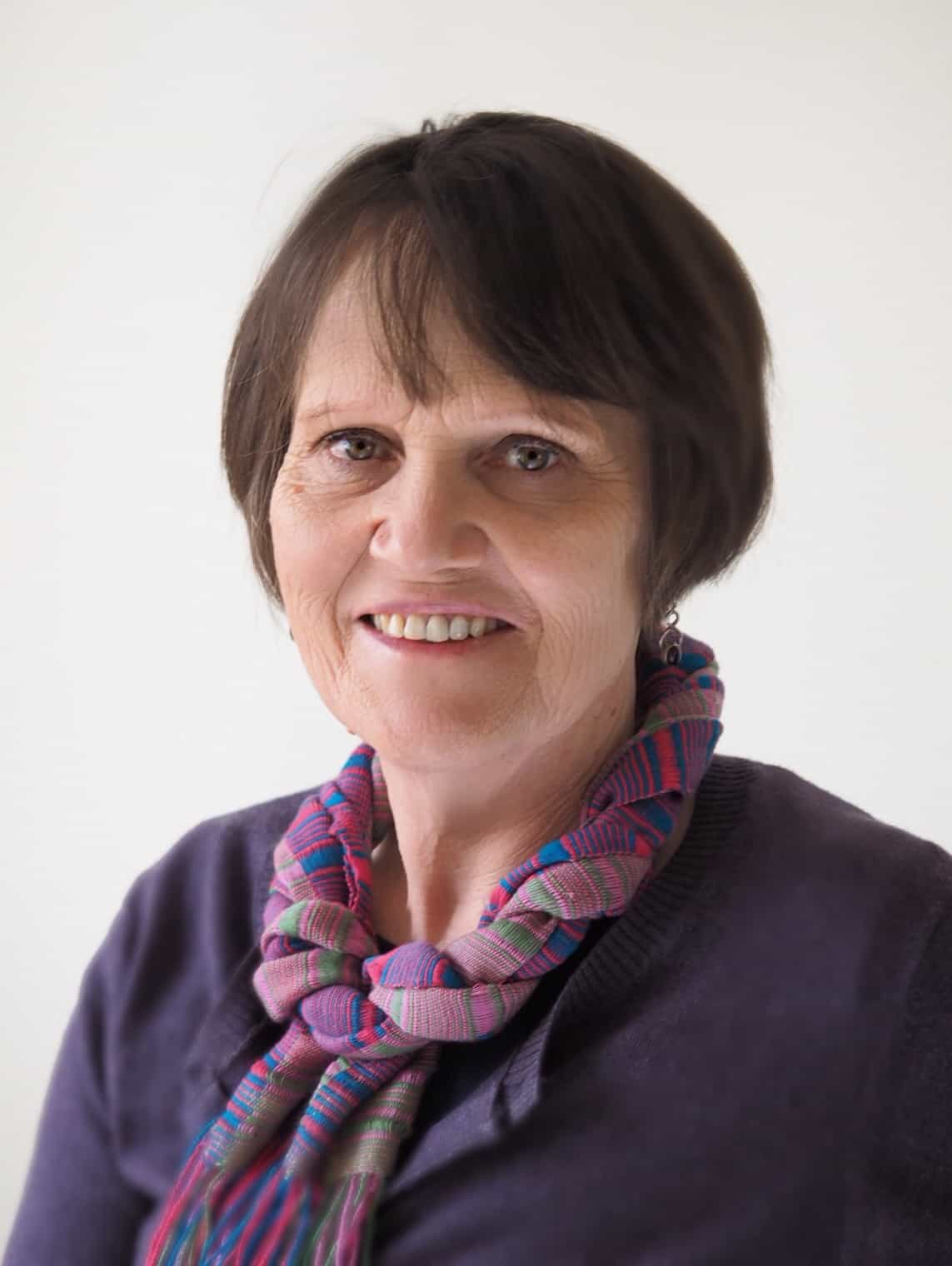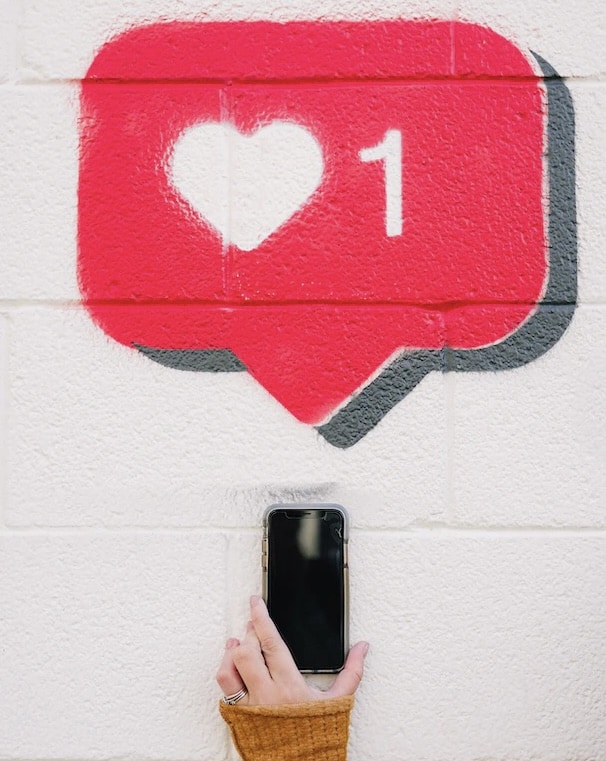The use of technology and social media has become the norm in the majority of…

Loneliness – no longer a silent epidemic. By Lisa Stevenson

Traditionally, we think of loneliness affecting only the elderly or the sick. Today it is indiscriminate and affects the young, the old, the single, the married, the working, and the retired. Apparently, we are all increasingly susceptible.
So why are we so lonely?
Loneliness is a feeling of social and emotional disconnection. It is not a direct consequence of being alone. We can feel lonely in a crowd. It is true that the rise of virtual online relationships, our culture of independence, our frenetic busyness and our increasingly mobile workforce can make us feel more disconnected. But social isolation is not the same as loneliness.
We are often afraid to admit our loneliness because we believe we will be judged as unlovable and unlovely .
How does this cycle of loneliness work?
When we are lonely, we tend to perceive things more negatively and more pessimistically. We make more judgements and more assumptions. These assumptions are often along the lines of everyone else being happier, busier, more popular, more loved, and more sociable than we can ever hope to be.
We become more and more defensive and withdraw rather than engage. Our internal story tells us that ‘everyone else is happy and connected and no one wants to bother with me.’ The story goes round and round in our heads and we end up sabotaging any opportunity for connection by pushing people away.
So what can we do about our loneliness?
We can start by making a connection with ourselves. Notice first how defensiveness feels in your body, notice where it sits, and how it drives you. Name it, describe it and breathe into it. Expand the space around it. Befriend it, it’s ok, it’s yours.
Notice any change when you engage with someone in a shop, or whilst walking the dog. Look for the feeling of opening up and warming up a little. It’s often the smallest incidents that give us the first feelings of change.
Get to know the story in your head. Notice how it drives you further away from others. Notice your negative assumptions. Then by contrast, notice what giving people the benefit of the doubt feels like.
In her book Daring Greatly, Brene Brown suggests that when we allow ourselves to be seen, when we share our vulnerabilities, we connect with others. In turn, they feel able to be themselves and connect with us. Her definition of connection is ‘ the energy that exists between people when they feel seen, heard, and valued; when they can give and receive without judgment; and when they derive sustenance and strength from the relationship.’
So let’s start by connecting with ourselves. By seeing ourselves, hearing ourselves and valuing ourselves without judgment. Remember that there are thousands of people experiencing this same feeling at this very moment, you are not alone. Then reach out, from the strength you’ve derived, one small step at a time, to connect with others – chances are, they’ll be hugely grateful.
By: Lisa Stevenson MNCS(accred) MNCP(accred)
June 2017
Lisa is a qualified and experienced couples and relationship therapist at our Marlborough practice.
You can contact her directly by mobile: 07873 871059 or email: lisa@vitalconnections.co.uk
website: www.vitalconnections.co.uk




This Post Has 0 Comments